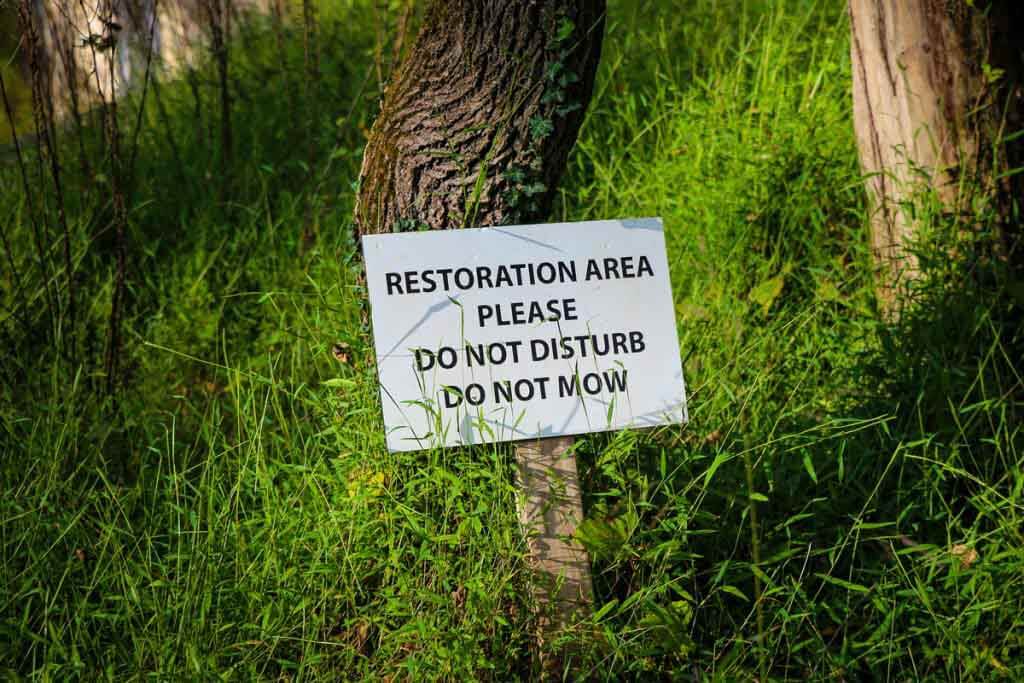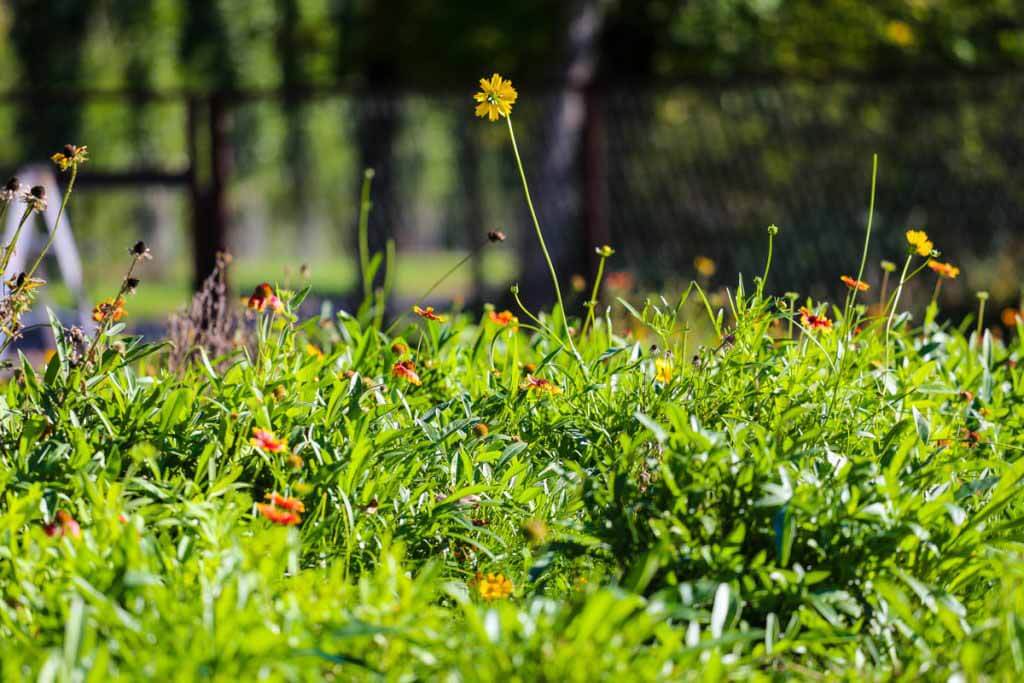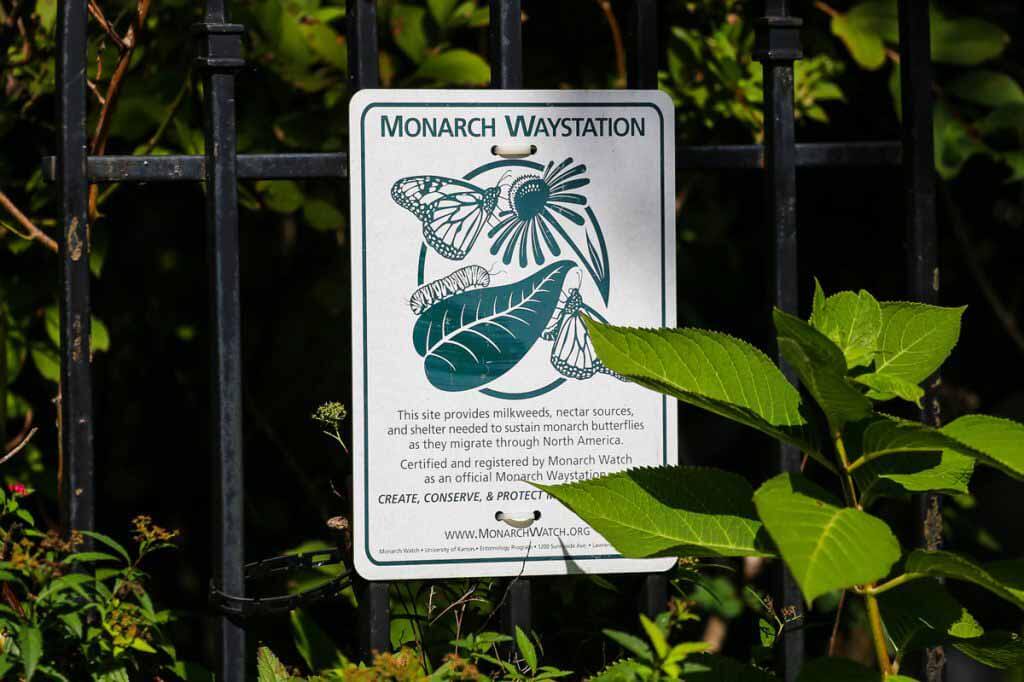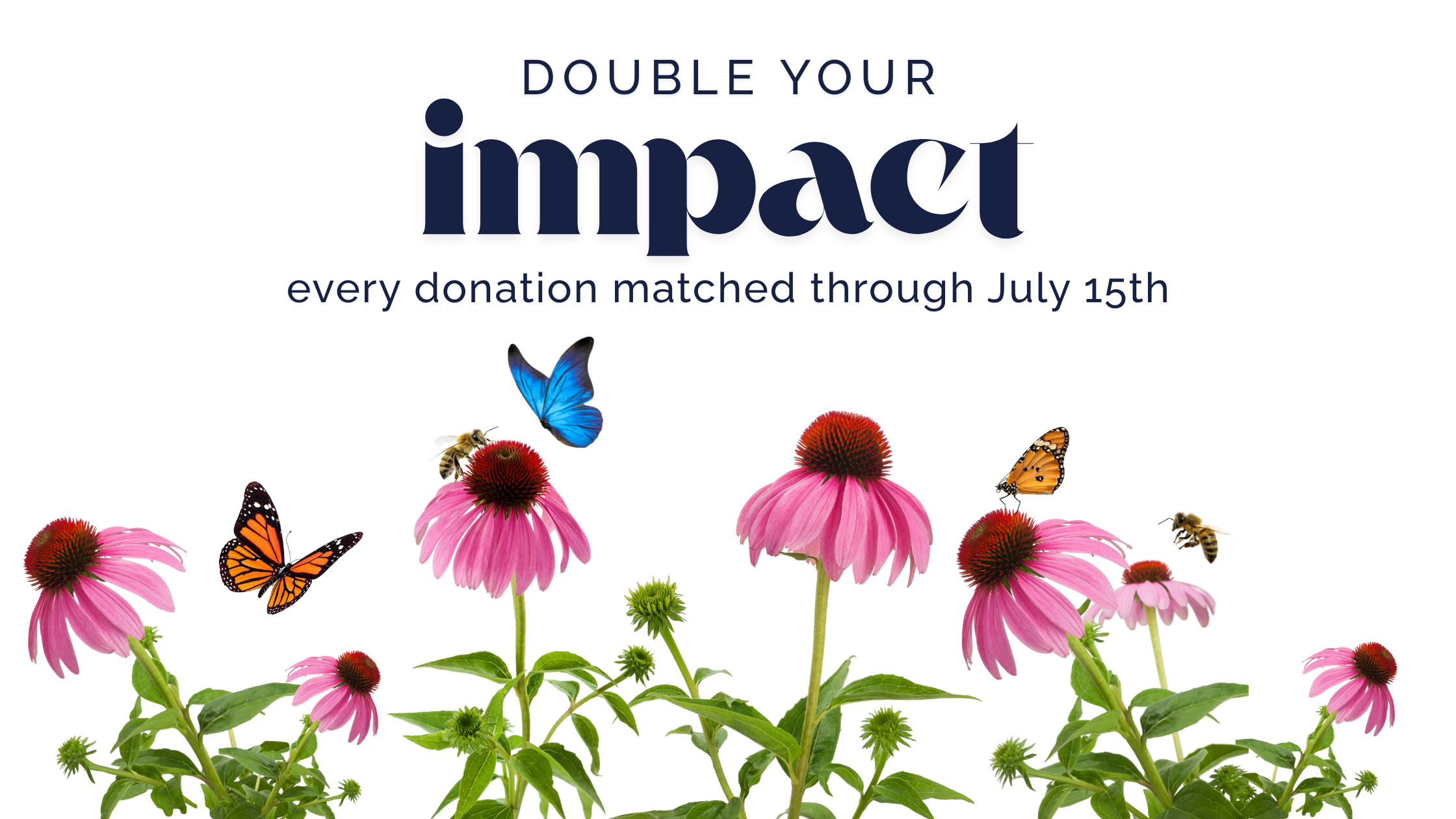Got a green thumb? Whether you like to get your hands dirty or not, ensuring your property is managed with sustainable practices is smart for your family, your pets, and the planet. Sustainable land care involves more than just ending the use of synthetic pesticides or herbicides.
With sustainable landscaping, the soil, plants, and animals actually sustain each other.
Make it a meadow: Consider converting a portion of your property to a low-mow area. Save time mowing, reduce maintenance emissions, and enjoy the beauty of flowering plantings.
Keep it natural: Use natural organic fertilizers, compost, and grass clippings to bring your yard the nutrients it needs. Why pay for chemical fertilizers when nature has provided them for you?
Go native: Incorporate a diversity of native plants and eliminate invasive or exotic plants. Avoid over-planting a single plant species. Look for native plant sales.
Let it rain: Apply water infrequently but deeply. Allow the soil to dry between waterings to encourage stronger roots. Native plants often have longer roots, allowing them to endure droughts. Consider an irrigation audit to ensure best practices are being followed and that you aren’t overwatering.
Help the local ecosystem: Many plants and animals thrived on your property before your home was built. Make your yard part of the local eco-system by planting natives and allowing your property to support pollinators and birds.
Strengthen your soil. To build healthy soil, increase its organic matter, restore proper pH, and reduce the application of fungicides and acidic fertilizers.


- Seed and mow correctly. Use the correct seed for your conditions. Mow grass with a sharp blade and as high as possible (3-4”). Taller grass helps keep out unwanted plants. Keep shredded grass clippings on your lawn.
- Overseed. Frequent seeding is an effective tactic to prevent weeds in your grass. Late summer and autumn is the best time to aerate, apply compost, and seed.
- Weeds. Keep turf dense to prevent weeds. Hand-pull weeds when they are young and use organic herbicides sparingly as a spot treatment.
- Pests. Prevention is the best strategy. Proper soil health, as well as correct seed and mowing techniques, will help prevent pests. Organic pesticides are used only as a last resort.
- The University of New Hampshire offers a fact sheet about how to establish a wildflower meadow from seed.
- The Xerces Society ‘s Habitat Installation Guide provides in-depth guidance on how to install and maintain habitat for pollinators in the form of wildflower meadow plantings or linear rows of native flowering shrubs.
Think about it.
That’s so sod. Our lawns actually make up the single largest irrigated crop in America, but who’s eating it? That perfectly green lawn is actually a desert, void of nutrition, for many native insects.
A beautiful lawn doesn’t happen by itself. You can say that again. Grass is great at handling foot traffic, but it sure takes a lot of time and expense to keep it in shape.
For a worry-free lawn — limit it. Replace turf with native groundcovers, trees, shrubs, or perennial flower beds for a low-maintenance lawn.

Get certified.
You deserve credit for your work — check out each of these programs.
- Ensure your property is River-Friendly through the Watershed Institute.
- Invite wildlife with a Certified Wildlife Habitat through the National Wildlife Federation.
- Provide habitat for butterflies by establishing a Monarch Waystation.




